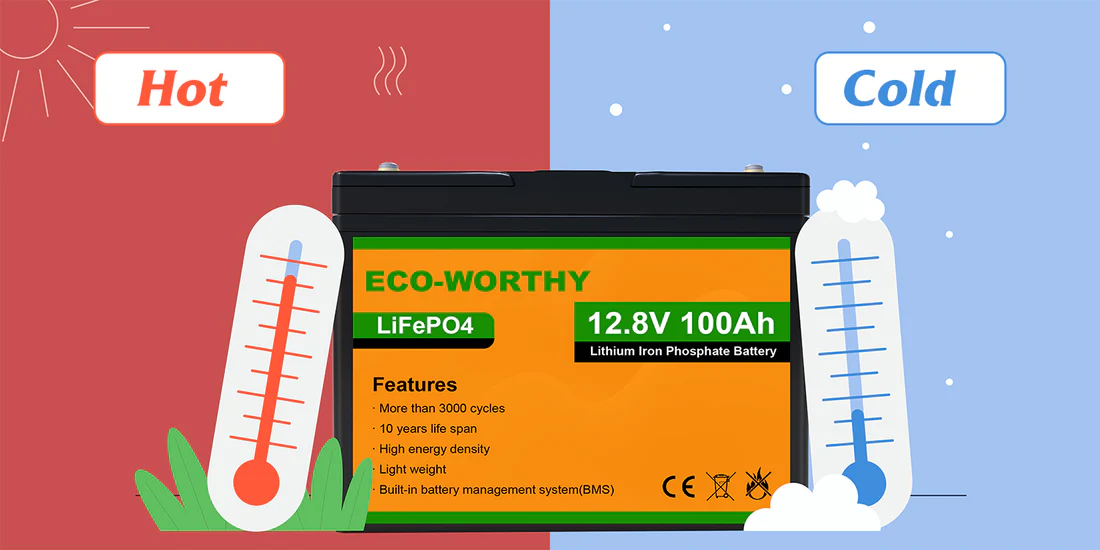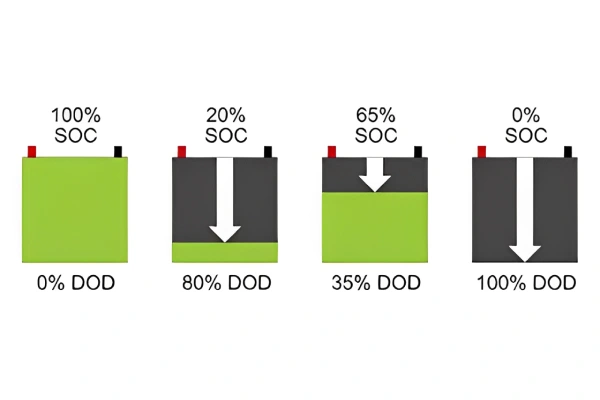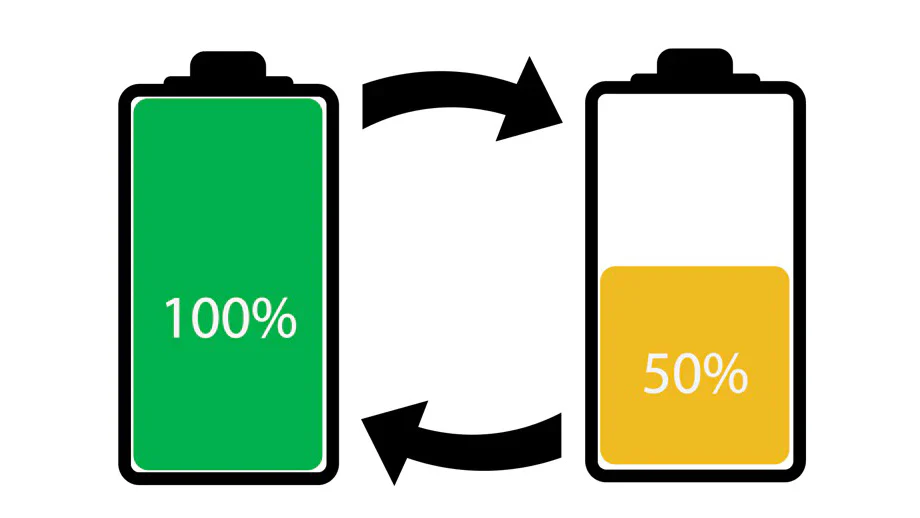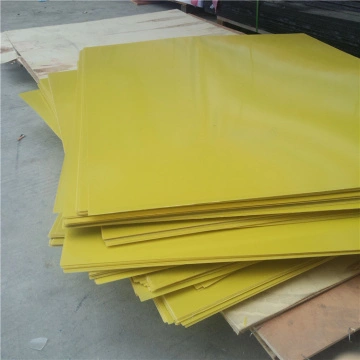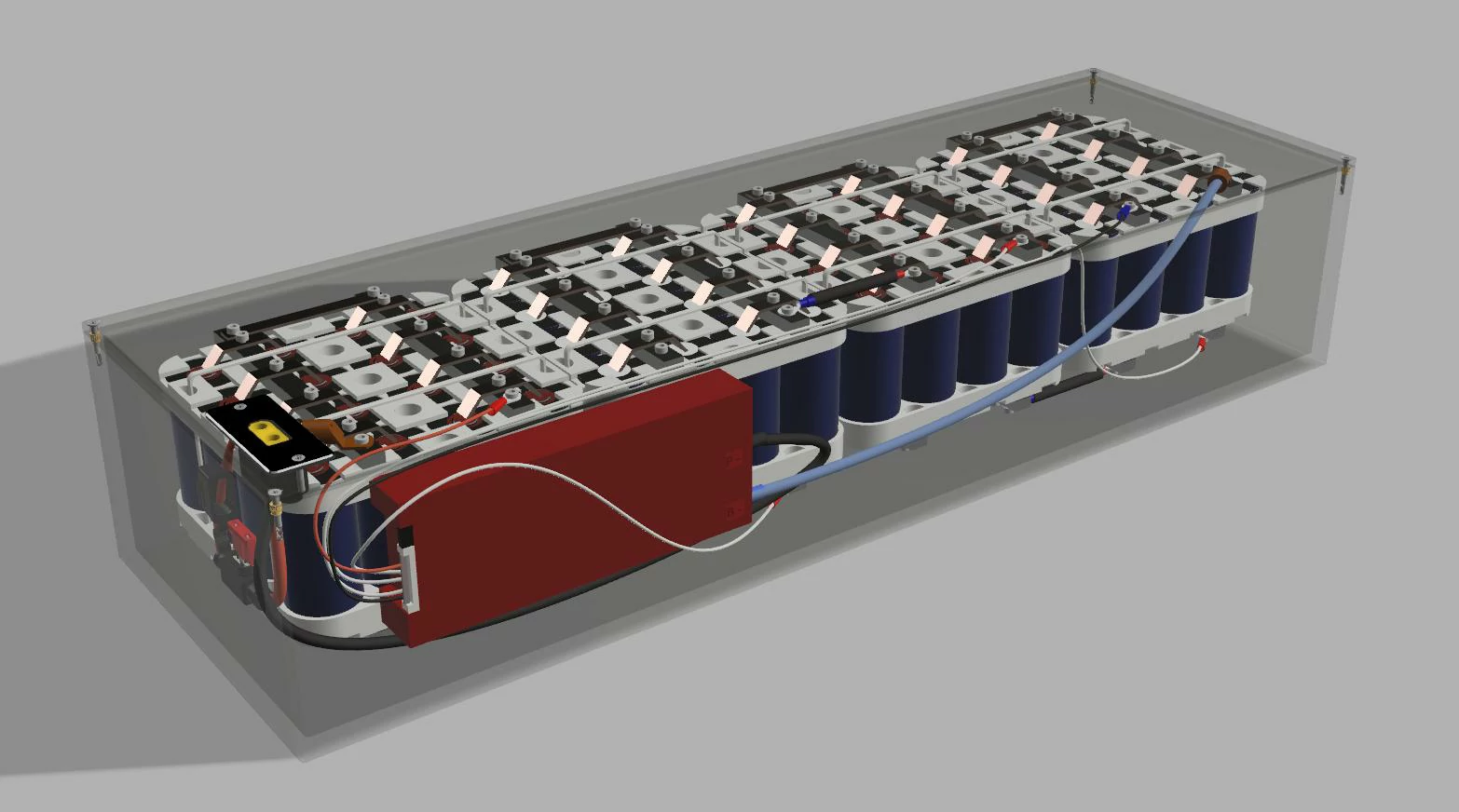How is the cycle life of lithium iron phosphate batteries...
How is the cycle life of lithium iron phosphate batteries related to temperature changes?
The cycle life of lithium iron phosphate battery (LiFePO4) is closely related to temperature change. Here are a few key points to illustrate this relationship:
main content
High temperature effects:
Under high temperature conditions (above 45°C or 113°F), LiFePO4 batteries self-discharge faster, losing charge even when the battery is not in use.
High temperatures also reduce the cycle life of the battery, as frequent exposure to high temperatures accelerates the aging process of the battery.
In extreme cases, very high temperatures can cause thermal runaway, and the battery can overheat and fail.
Optimum temperature range:
In the temperature range from 0°C to 45°C (32°F to 113°F), LiFePO4 batteries are most balanced, providing the best capacity and efficiency. Maintaining this temperature range can significantly extend battery life.
Low temperature effects:
At low temperatures (below 0°C or 32°F), the chemical reaction of the battery slows down, resulting in a temporary decrease in total capacity.
Low temperatures also cause an increase in resistance inside the battery, which can lead to less efficient energy transfer and can make the battery work harder during discharge, affecting its overall performance.
Overall, low temperatures make LiFePO4 batteries less efficient in terms of energy output and charge rate.
Voltage change:
The standard voltage of a LiFePO4 battery is 3.2V, but this value is not constant, especially at different temperatures.
At different SOC (State of Charge) levels, batteries have different sensitivity to temperature changes, and batteries with lower SOC are more sensitive to temperature changes.
Effect of temperature on cycle life:
Studies have shown that battery performance and reliability are best in the temperature range between 35°C and 40°C, while also minimizing differences between batteries.
The increase in temperature will affect the mean and variance of the battery performance, and thus affect the cycle life of the battery.
The effect of temperature on battery aging:
Temperature is an important factor affecting battery cycle life, and the aging parameters and cycle life models of batteries at different temperatures are also different.
Accelerated life tests at different operating temperatures and SOC levels show that storage time, temperature, and voltage have significant effects on battery aging.
CONCLUSION
In summary, the cycle life of lithium iron phosphate batteries is significantly affected by temperature changes. Operating the battery within the optimal temperature range extends its service life and maintains optimum performance. Both high and low temperatures can adversely affect the performance and life of the battery, so temperature management is an important consideration for the storage and use of lithium iron phosphate batteries.
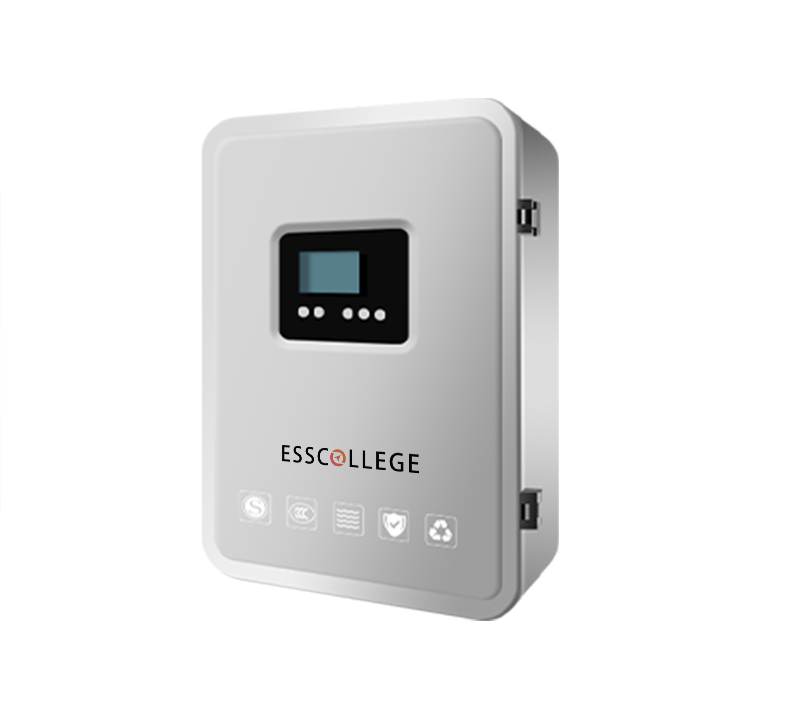
EPS BATTERY SERIES
The centralized power supply for fire emergency lighting is a kind of backup power supply equipment, which provides power guarantee for emergency lighting equipment to ensure that the on-site lighting equipment can operate normally in emergency situations such as fire. Provide a long-term backup power supply to meet the needs of the emergency lighting system.
Extended reading
What is the relationship between battery cycle life and depth of charge and discharge (DOD)?
What is the relationship between battery cycle life and depth...
EPS technology: battery cycle life
EPS technology: battery cycle life In the emergency power supply...
Compared with PVC, what are the advantages of epoxy resin board in EPS system?
Compared with PVC, what are the advantages of epoxy resin...
EPS technology: Shell material epoxy resin board +PVC
EPS technology: Shell material epoxy resin board +PVC The emergency...
EPS Technology: Battery type – LiFePO4
EPS Technology: Battery type – LiFePO4 In modern society, battery...
THE ESSC Brand promise
Global supply
Our products sell well all over the world, covering many countries and regions, through the global logistics network, to provide customers with convenient purchasing experience.
Rigorous quality
We adhere to the highest quality control standards to ensure every product meets industry regulations and customer expectations, earning trust through consistent excellence.
Excellent service
With a customer-centric approach, we provide prompt responses, professional support, and personalized services, aiming to deliver the best user experience and long-term value.
